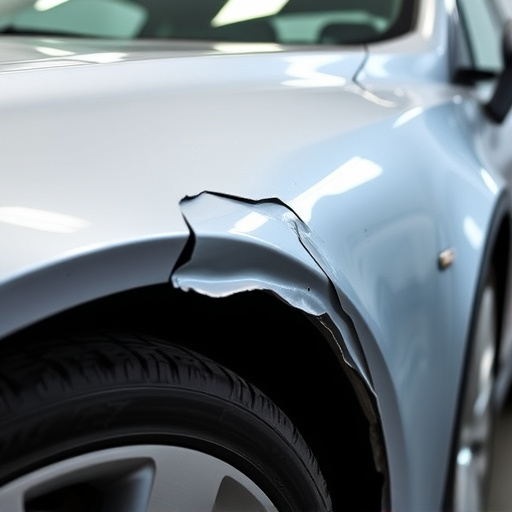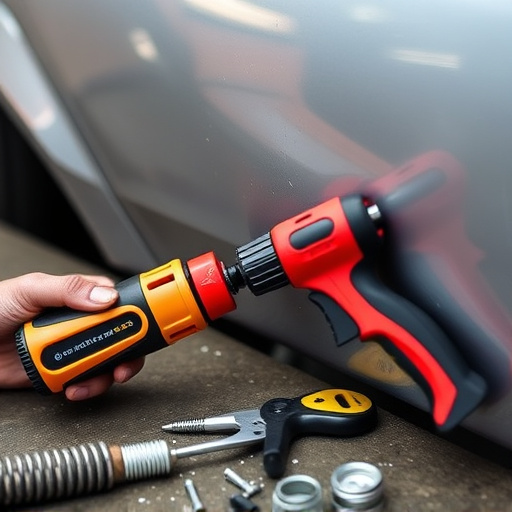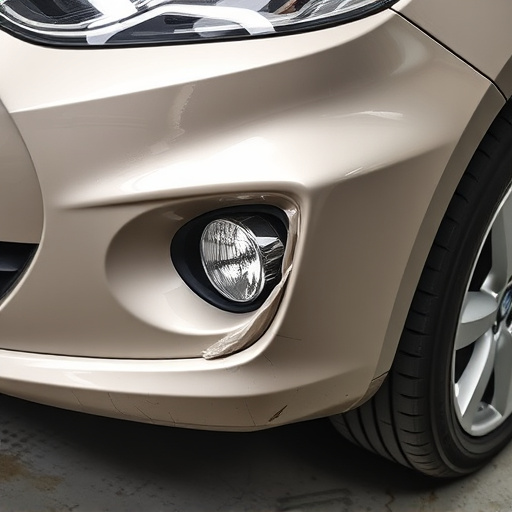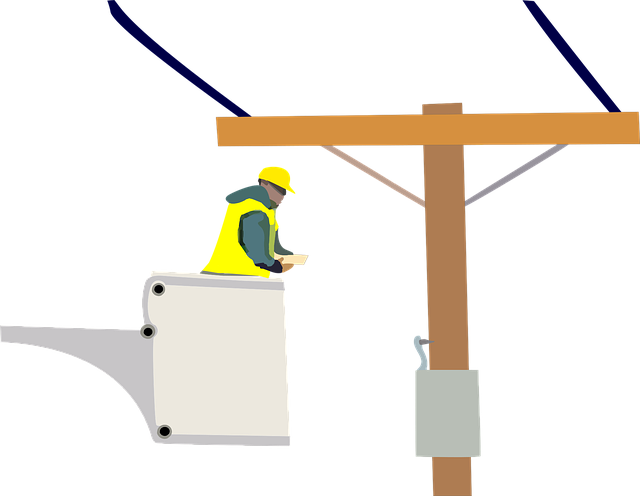Diminished value claims are crucial in automotive accidents, compensating owners for reduced resale value post-collision repairs. Insurance companies, using expert assessors and tools like CAD software, evaluate these claims by considering collision severity, bodywork condition, part availability, repair costs, market demand, unique features, and psychological impacts on perceived value. This multi-faceted approach ensures fair compensation for the actual impact on a vehicle's worth, regardless of the complexity of repairs required.
After a collision, determining the diminished value of damaged property is a complex process. This article explores who holds the power to assess these losses and how it impacts compensation for vehicle owners. We’ll break down the key players involved, specifically insurance companies, and their role in evaluating diminished value claims. Understanding the factors influencing this determination is crucial for ensuring fair settlements, providing insights into the intricate calculations behind these assessments.
- Understanding Diminished Value Claims: What They Entail
- The Role of Insurance Companies in Evaluating Damages
- Factors Influencing the Determination of Diminished Value
Understanding Diminished Value Claims: What They Entail

Diminished value claims are a significant aspect of automotive accidents, where vehicle owners seek compensation for the decrease in their car’s worth after a collision. This type of claim is not merely about the visible repair costs but also accounts for the potential loss in resale value and overall market demand following a crash. In simple terms, it recognizes that even if a vehicle is physically repaired to its pre-accident condition through meticulous auto body repair and car restoration processes at a collision center, its perceived value by potential buyers might not fully recover.
These claims can arise from various scenarios, such as when a vehicle’s unique features or aesthetic appeal are compromised, or the incident causes hidden damage that affects performance over time. Understanding diminished value claims is crucial for both policyholders and insurance companies to ensure fair assessments and settlements. It involves a comprehensive evaluation of not just the physical changes but also the psychological impact on the car’s perceived value in the market.
The Role of Insurance Companies in Evaluating Damages

Insurance companies play a pivotal role in evaluating diminished value claims after a collision. When a vehicle experiences damage, whether from an accident or minor fender bender, assessing the resulting diminished value is crucial for both owners and insurers. These companies employ skilled assessors who have extensive knowledge of automotive body shop repairs, including frame straightening techniques, to accurately determine the extent of damage.
They consider various factors such as the type and severity of the collision, the condition of the vehicle’s bodywork, and the availability of replacement parts. Advanced technologies like computer-aided design (CAD) software are often utilized to pinpoint exact repairs needed and their corresponding costs. This meticulous process ensures that diminished value claims are fairly compensated, reflecting the actual impact on a vehicle’s market value post-repair, regardless of whether the repair involves complex frame straightening or simple cosmetic adjustments.
Factors Influencing the Determination of Diminished Value
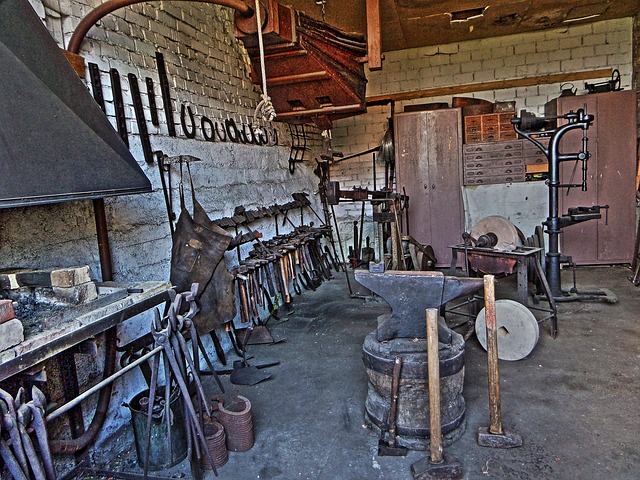
Several factors play a pivotal role in determining diminished value claims after a collision. While the visual assessment of car damage is often the initial step, it’s just one piece of the puzzle. Diminished value claims consider not only the repair costs but also the impact on the vehicle’s resale value and overall market demand. For instance, a vehicle with a unique color or specific features may face challenges in recapturing its pre-collision worth after repairs, leading to a lower residual value.
The extent of damage, type of collision, availability of replacement parts, and the skill required for vehicle dent repair or car damage repair at a collision repair center all contribute to the diminished value. For example, complex panel replacements or intricate paint jobs might leave subtle traces of the incident, influencing potential buyers’ perceptions of the vehicle’s history. Additionally, the age of the vehicle and prevailing market trends can further impact its resale prospects post-repair.
In determining diminished value claims after a collision, multiple factors come into play, including the severity of damage, the vehicle’s age and condition prior to the incident, and market trends. While insurance companies play a significant role in evaluating damages, ultimately, an independent appraiser may be engaged to provide a neutral assessment. By understanding these variables, individuals can better navigate the process of claiming compensation for the reduced value of their vehicles post-accident.
